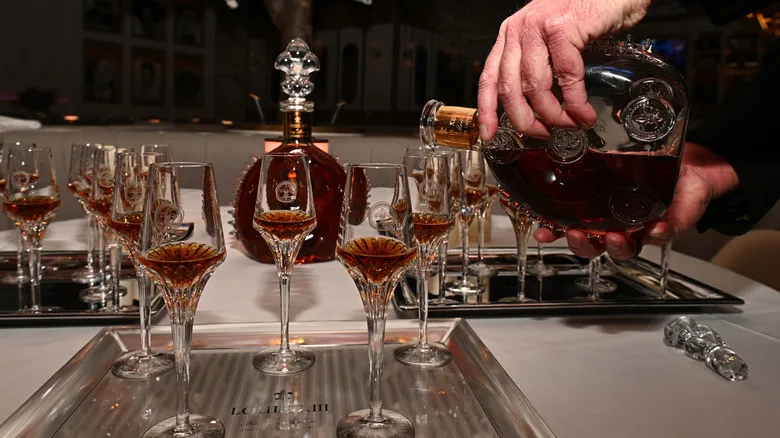What is Cognac?
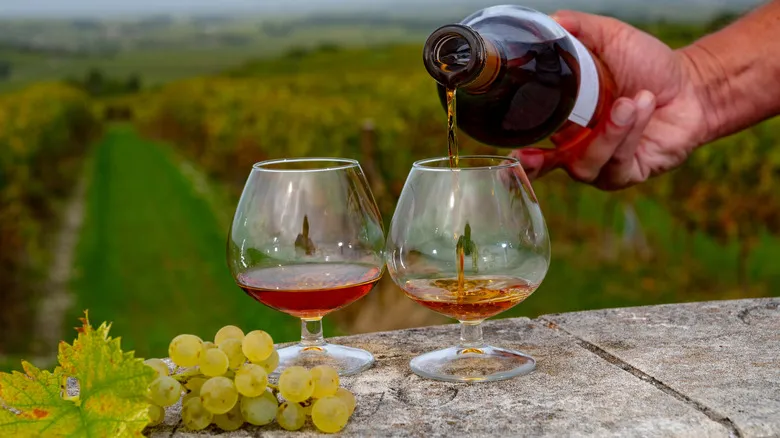
Cognac is to brandy what Champagne is to sparkling wine: a unique variety of brandy governed by strict production regulations. Similar to Champagne, Cognac holds Appellation d'Origine Contrôlée (AOC) certification, which is a legal designation that specifies how and where a product can be produced in France. Other nations have comparable appellation systems, such as the American Viticultural Areas in the United States.
The primary requirement for producing Cognac is its geographical origin. It must be produced in the Cognac region, located in western France, north of Bordeaux. Within this area, there are six smaller sub-regions: Grande Champagne, Petite Champagne, Borderies, Fins Bois, Bons Bois, and Bois Ordinaires. The grapes used must also come from this region, including varieties such as Ugni Blanc (known as Trebbiano in Italy), Colombard, Folle Blanche, Montils, Sémillon, and Folignan. The production process involves double distillation in copper pot stills, followed by aging.
What distinguishes Cognac from other brandies

In addition to its appearance, the distillation method, aging process, and alcohol content of Cognac set it apart from other brandies. Unlike its relative Armagnac, which is produced further south in its own designated AOC, Cognac undergoes a double distillation. The initial distillation yields a product known as brouillis, while the final product of the second distillation is referred to as eau-de-vie, which translates to "water of life" in French. According to AOC regulations, eau-de-vie must be aged in French oak barrels for a minimum of two years, though it is frequently aged longer to enhance its flavor profile.
Cognac producers typically employ a labeling system that reflects the age of the youngest Cognac in the bottle, although there is some debate regarding the specific age requirements for each label. Common labels include VS (Very Special), which must be aged for at least two years; VSOP (Very Superior Old Pale), requiring a minimum of four years of aging and recommended for novice Cognac drinkers; and XXO (Extra Extra Old), which must be aged for at least 14 years. Other labels you may encounter include Vieille Réserve, Napoléon, and XO (Extra Old), which are aged between five and ten years. However, the age associated with some labels can vary depending on whom you consult. Regarding alcohol content, AOC regulations stipulate that Cognac must have a minimum alcohol by volume (ABV) of 40%. In the United States, brandy must also have an ABV of at least 40%, with some varieties reaching as high as 60%.
Taste differences between brandy and Cognac
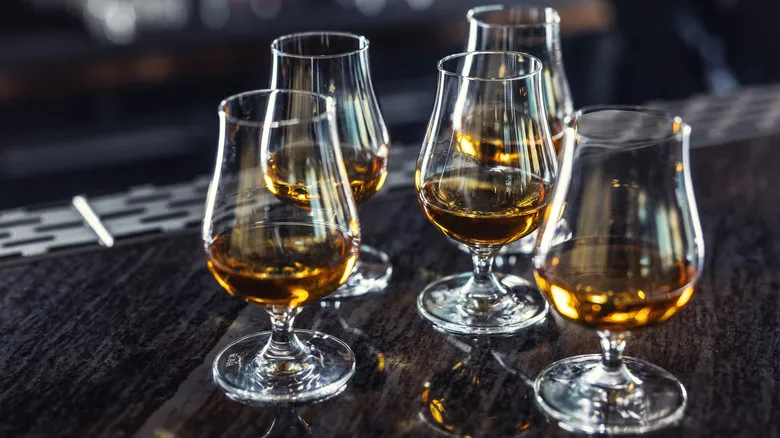
Cognac is less sweet than most brandies, primarily because it is produced from dry white wine and can only be sweetened with a maximum of 1.5 grams of sugar per liter. Young Cognacs often exhibit a spicy aroma, while older varieties tend to showcase more oak characteristics and possess a tannic yet smooth, velvety mouthfeel. Some Cognacs are distilled with lees—the leftover yeast and solid materials from the winemaking process—resulting in a more complex flavor profile.
The taste of other brandies can be difficult to define, as it varies based on the type of fruit used, their aging process, and the method of distillation. Most brandies are generally sweet, featuring notes of fresh and dried fruits along with a touch of vanilla from the oak aging. Even grape-based brandies can differ significantly in flavor due to the variety of grape cultivars employed, as seen with Armagnac. Another French counterpart to Cognac is Calvados, a brandy crafted in the Normandy region from apples and pears.
Among non-French brandies, pisco is made from grapes in Chile and Peru, Brandy de Jerez is produced in Spain's Sherry Triangle from grapes and other fruits, Kirschwasser is derived from cherries, and Grappa is made from pomace—the skins, pulp, seeds, and stems left over from winemaking. Once regarded as a drink for the less affluent, Grappa is now recognized under a protected designation and must be produced in Italy, parts of Switzerland, or San Marino.
How to drink Cognac and brandy
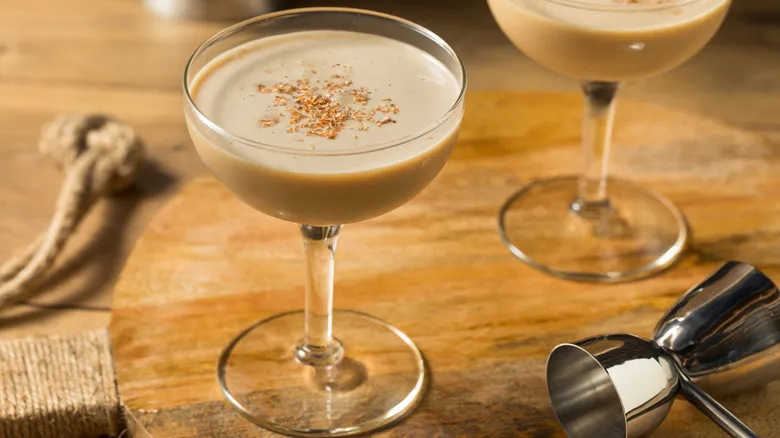
Cognac can be savored straight or incorporated into cocktails. Aged Cognacs are typically enjoyed neat in a brandy snifter, while younger varieties are often used in mixed drinks. One of the most famous Cognac cocktails is the Sidecar, which combines orange liqueur and lemon juice. Another popular choice is the Brandy Alexander, which features Cognac along with cream and crème de cacao.
The way brandy is served largely depends on its type. Most can be enjoyed neat or on the rocks. In cocktails, brandy is seldom paired with sodas or other high-volume mixers; instead, it is usually combined with creamy components that complement its robust flavor. For instance, the Pisco Sour includes egg whites, lending a creamy texture to the drink. The experience of enjoying brandy can vary significantly based on the specific type, but if you're seeking sophistication, Cognac is the ideal choice.
Recommended

The Best Champagne For Mimosas According To The Pros
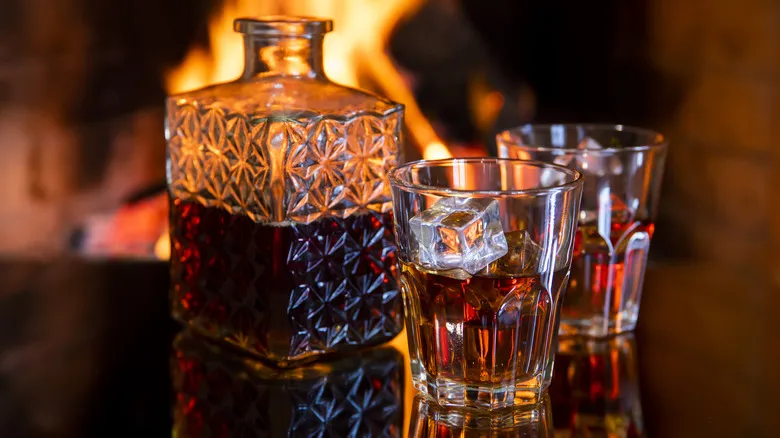
What Is Allocated Bourbon, And Why Are Whiskey Super-Fans Always Talking About It?
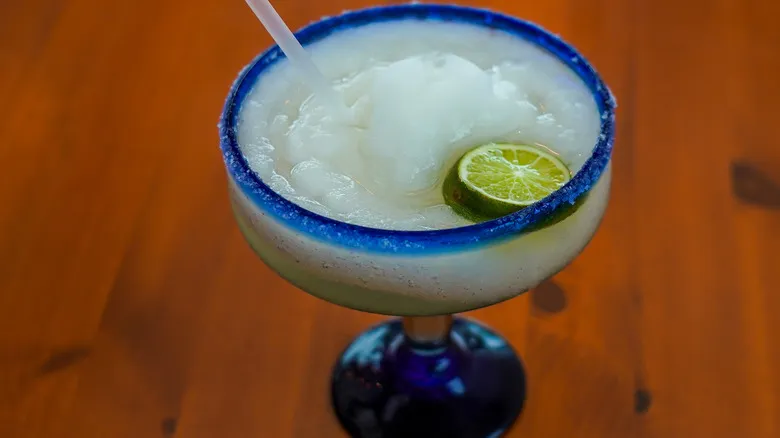
How The Frozen Margarita Machine Changed Tex-Mex Restaurants Forever

The Canned Ingredient You Need For A Creamy Red Wine Cocktail
Next up

